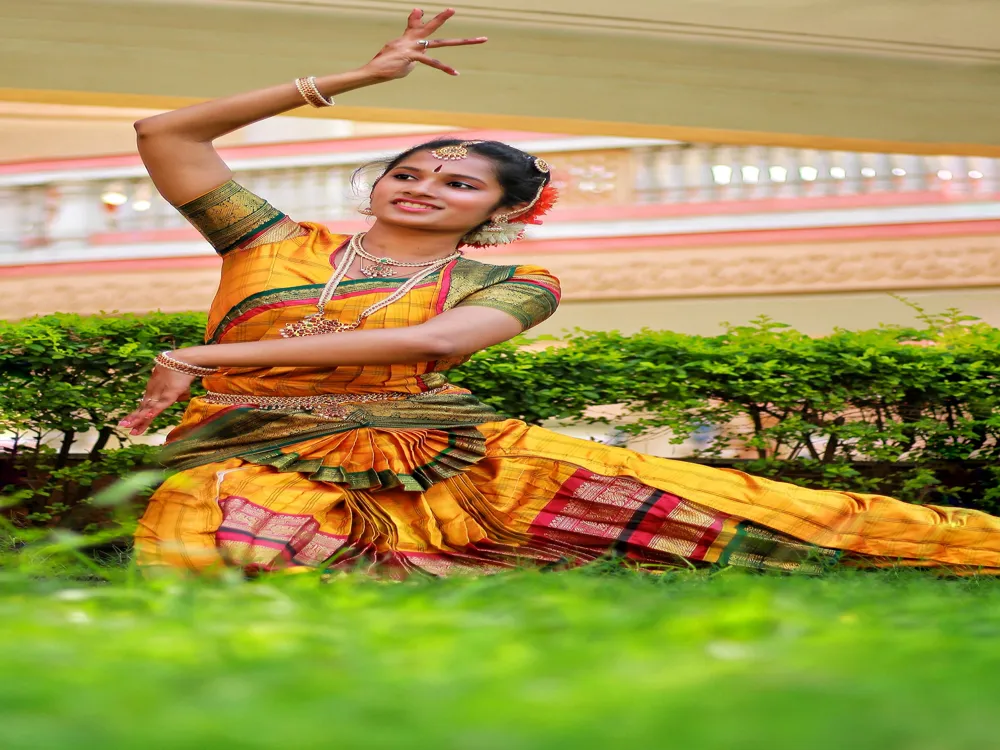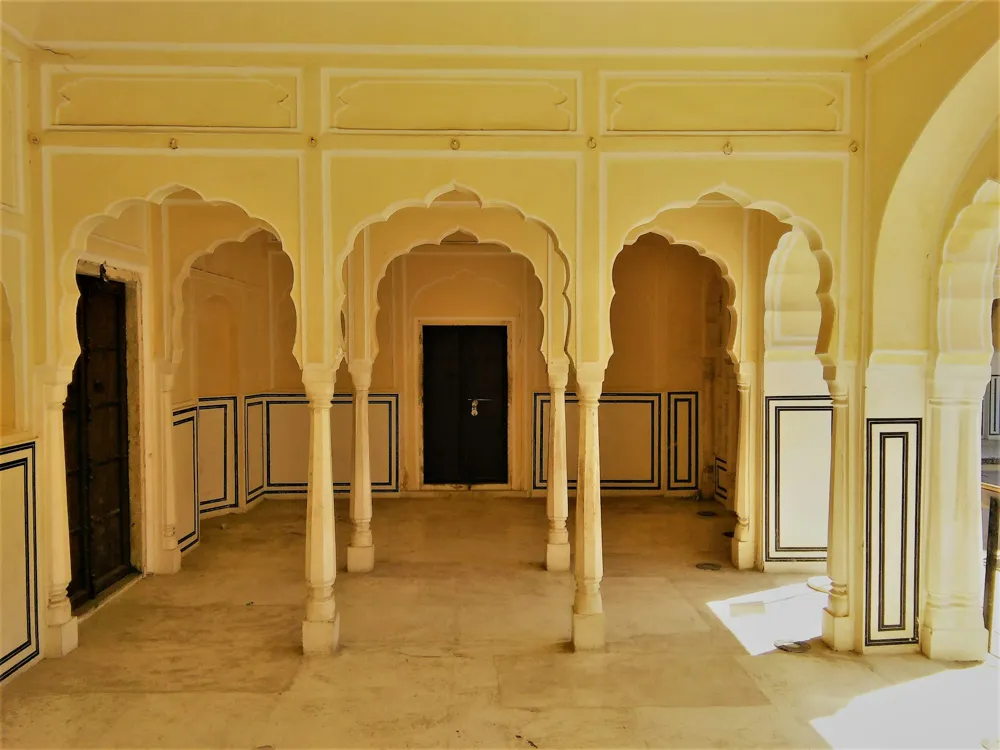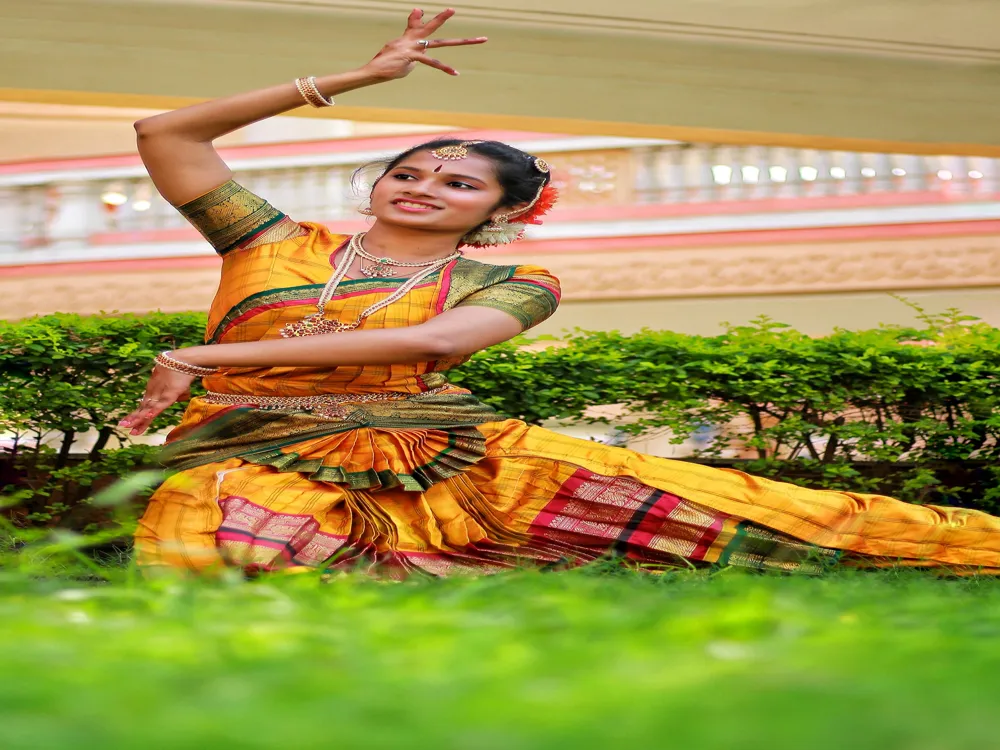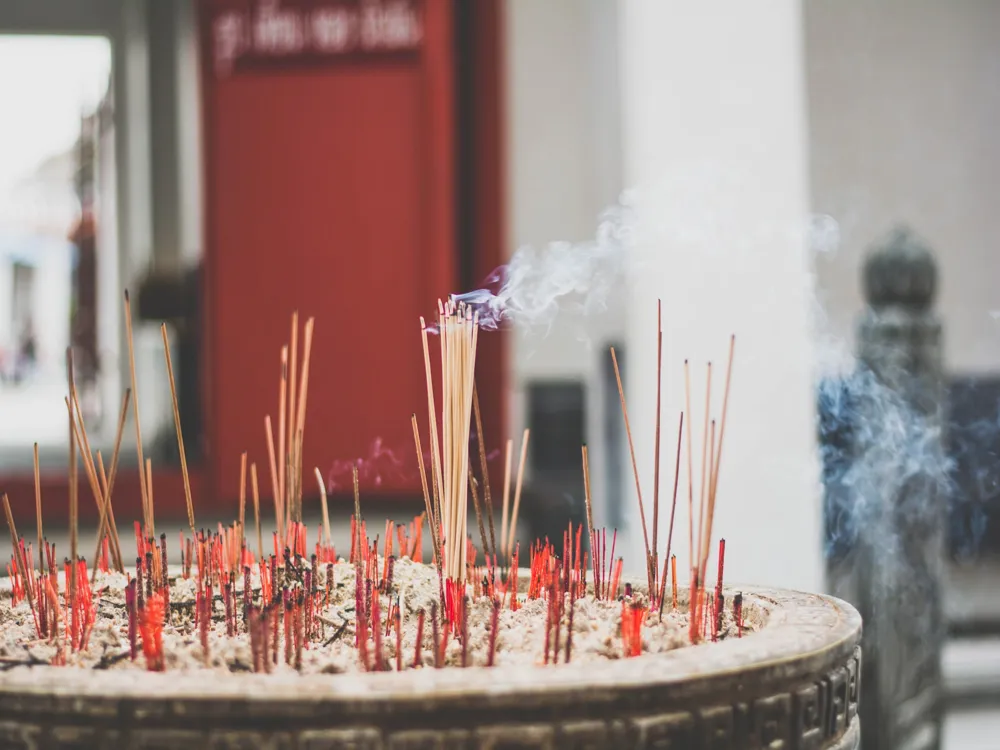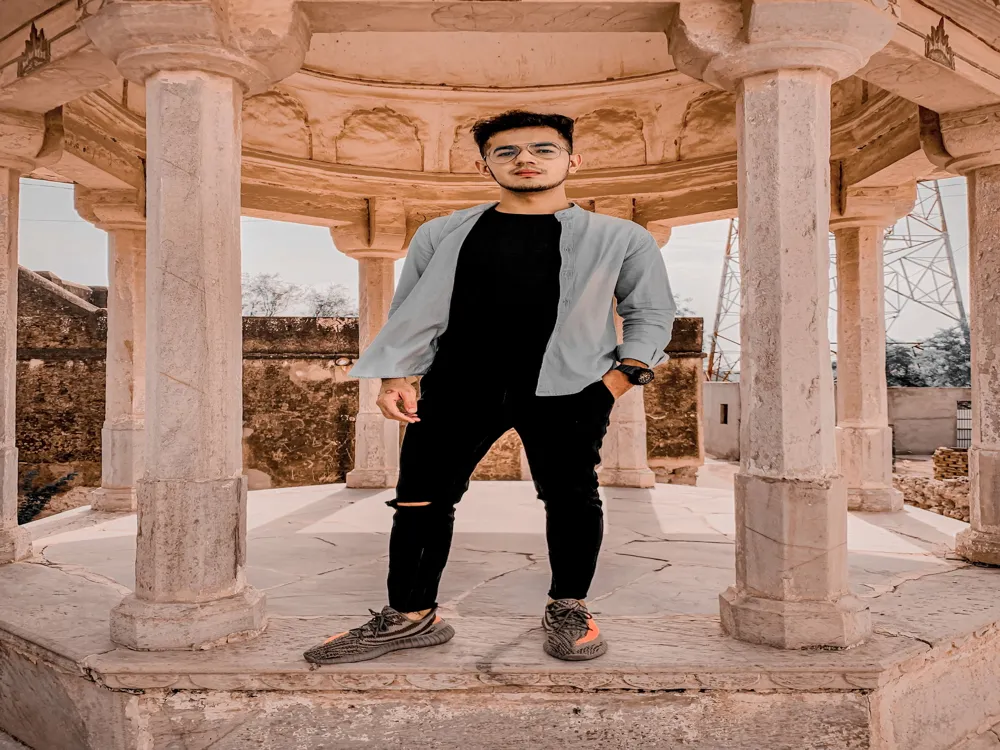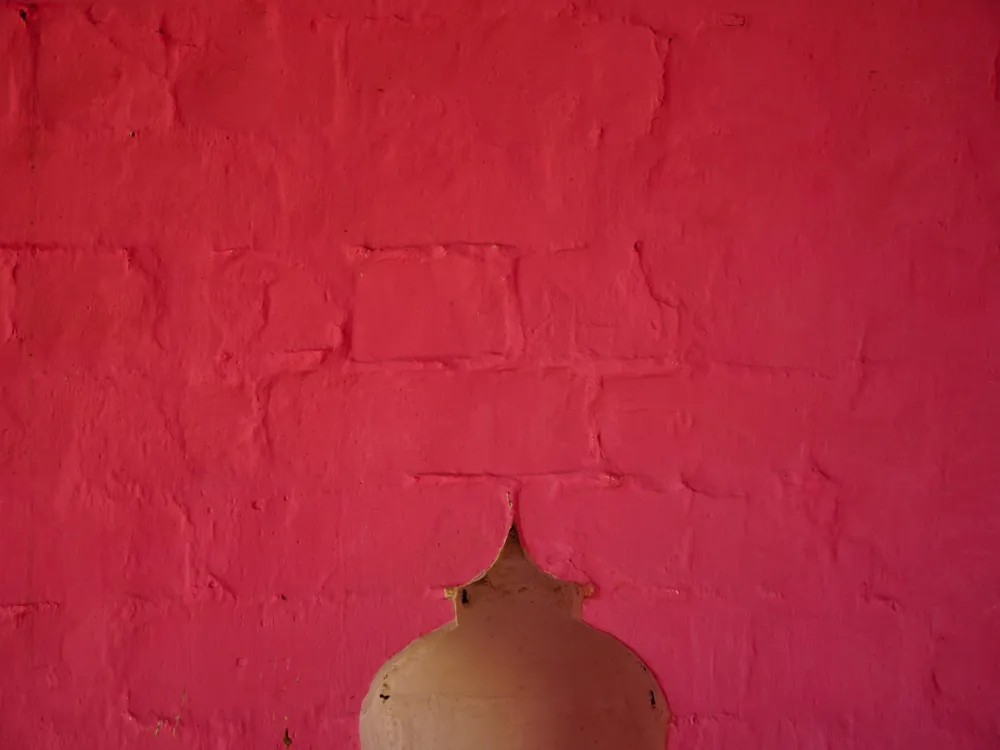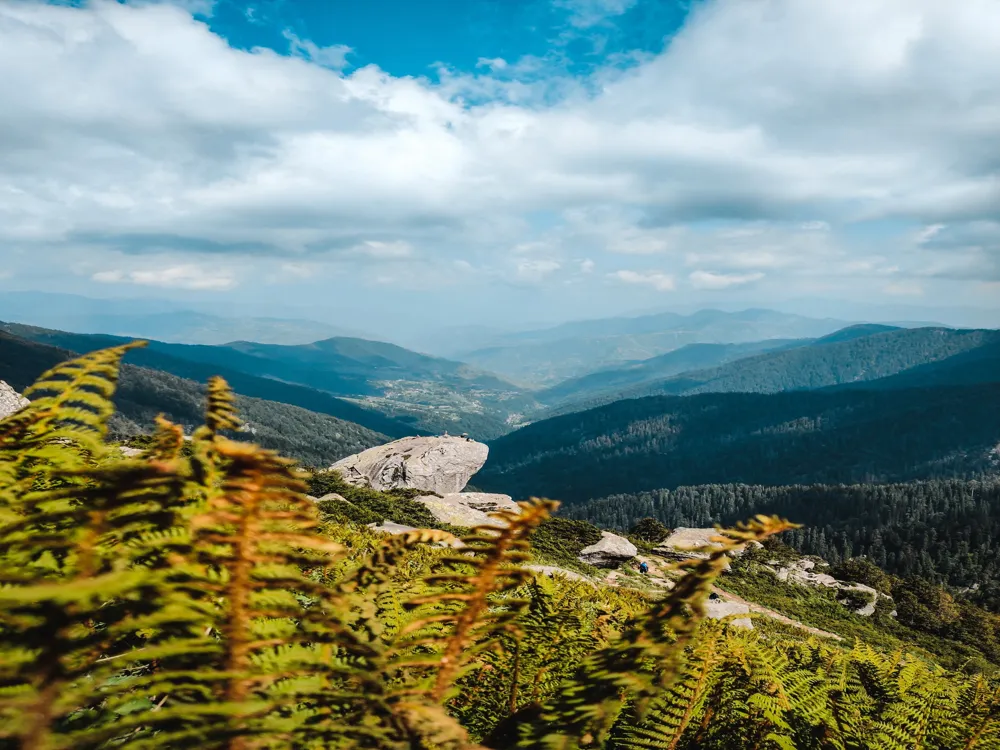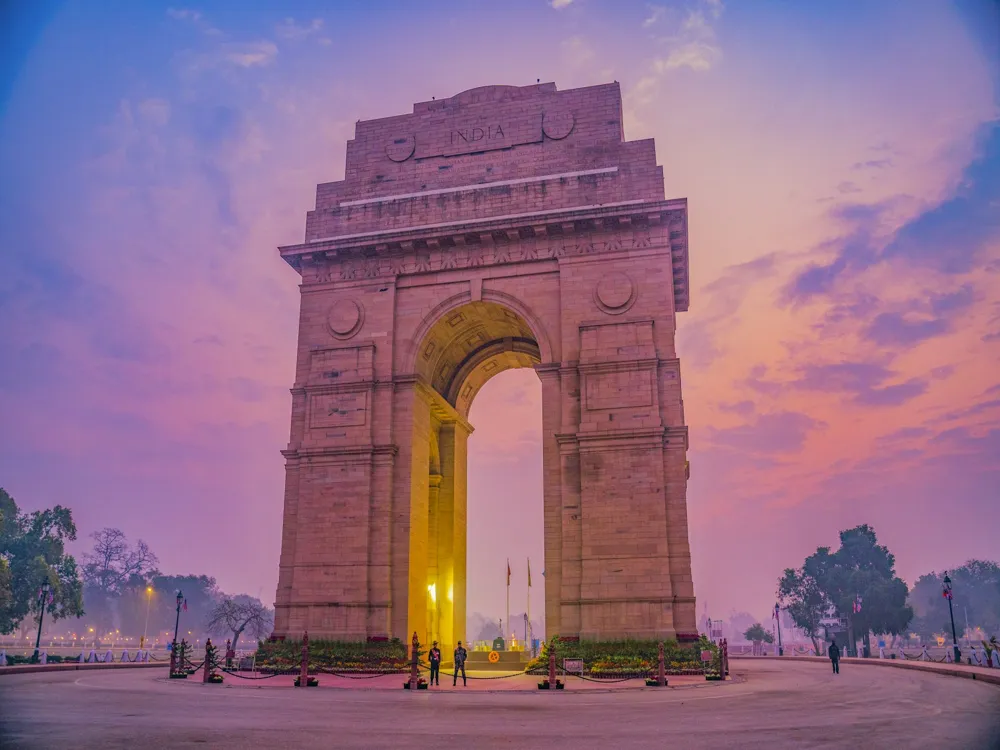Nestled in the heart of Rajasthan, Jhunjhunu is a treasure trove of history, showcasing the grandeur of the Modi and Tiberwal Havelis. These architectural marvels, standing as a testament to the rich cultural heritage of the region, offer a glimpse into the opulent lifestyle of the bygone era. The Havelis, constructed by affluent merchant families, are renowned for their intricate frescoes, ornate decorations, and unique architectural designs, making them a significant part of Rajasthan's illustrious history. The Modi and Tiberwal Havelis were built in the 18th and 19th centuries, during a time when Jhunjhunu was flourishing as a trading hub. These edifices were the abode of wealthy merchants, who invested in creating these magnificent structures as a symbol of their prosperity and status. The Havelis not only served as residences but also as a display of art and architecture, heavily influenced by the Rajput and Mughal styles, which were prevalent during that era. A distinctive feature of these Havelis is their extraordinary frescoes, which cover the walls, ceilings, and courtyards. These paintings depict scenes from Hindu mythology, local legends, and the daily life of the era, rendered in vibrant colors. The architecture of the Havelis is characterized by intricately carved wooden doors, jharokhas (overhanging balconies), and jaalis (lattice screens) that exemplify traditional Rajasthani craftsmanship. Today, the Modi and Tiberwal Havelis stand as significant cultural landmarks. They attract historians, architects, and tourists from across the globe, eager to explore the rich heritage of Rajasthan. The Havelis not only narrate the story of their original inhabitants and their lavish lifestyles but also provide a window into the social and cultural dynamics of the era in which they were built. The architecture of the Modi and Tiberwal Havelis in Jhunjhunu, Rajasthan, is a magnificent representation of the fusion between Rajput and Mughal styles, blended with local artistic traditions. These grand structures are renowned for their detailed frescoes, elaborate carvings, and innovative design elements, making them architectural masterpieces. The frescoes in the Havelis are particularly noteworthy, painted using natural dyes. These frescoes feature an array of themes, from mythological stories to portraits of the family members, and even scenes from British colonial life, reflecting the influences of different periods. The use of gold and silver leaf in some frescoes adds to their grandeur and allure. The Havelis are designed with a central courtyard, which was a common feature in traditional Rajasthani homes. This courtyard served as a communal area for family gatherings and social events. Surrounding the courtyard are rooms with high ceilings and large windows, designed to keep the interiors cool during the hot summers. The fusion of Rajput grandiosity and Mughal elegance is evident in the ornate doorways, arched entrances, and the detailed jaali work. The artistic influence seen in the Havelis is a blend of local and foreign styles. This amalgamation is evident in the fusion of Indian motifs with European elements, particularly in the frescoes and the architectural designs. This blend not only highlights the cosmopolitan nature of the merchants who built these Havelis but also showcases the cultural exchange that was prevalent during this period in Rajasthan. The best time to visit the Havelis is between October and March when the weather in Rajasthan is pleasant. Summers can be extremely hot, making it challenging to explore the Havelis comfortably. Opt for a guided tour to gain in-depth knowledge about the history, architecture, and art of the Havelis. Local guides are usually well-informed and can provide fascinating insights into the Havelis' past. When visiting the Havelis, it is advisable to dress conservatively, respecting the local culture and traditions. Light, comfortable clothing is recommended, considering the climate of Rajasthan. For photography enthusiasts, the Havelis offer an excellent opportunity to capture the essence of Rajasthani architecture. It's important to check if photography is allowed inside and to use natural light to the best advantage. Jhunjhunu is well-connected by road, rail, and air, making it easily accessible for visitors. The nearest airport is in Jaipur, from where you can hire a taxi or take a bus to Jhunjhunu. Regular train services also connect Jhunjhunu with major cities in India. Once in Jhunjhunu, local transportation like auto-rickshaws and taxis can be used to reach the Modi and Tiberwal Havelis. Read MoreOverview of Modi and Tiberwal Haveli, Jhunjhunu, Rajasthan
History and Significance
Architectural Features
Cultural Relevance
Architecture of Modi and Tiberwal Haveli
Frescoes and Paintings
Structural Design
Artistic Influence
Tips When Visiting Modi and Tiberwal Haveli
Best Time to Visit
Guided Tours
Dress Appropriately
Photography Tips
How To Reach Modi and Tiberwal Haveli
Modi and Tiberwal Haveli
Jhunjhunu
Rajasthan
NaN onwards
View jhunjhunu Packages
Jhunjhunu Travel Packages
View All Packages For Jhunjhunu
Top Hotel Collections for Jhunjhunu

Private Pool

Luxury Hotels

5-Star Hotels

Pet Friendly
Top Hotels Near Jhunjhunu
Other Top Ranking Places In Jhunjhunu
View All Places To Visit In jhunjhunu
View jhunjhunu Packages
Jhunjhunu Travel Packages
View All Packages For Jhunjhunu
Top Hotel Collections for Jhunjhunu

Private Pool

Luxury Hotels

5-Star Hotels

Pet Friendly







